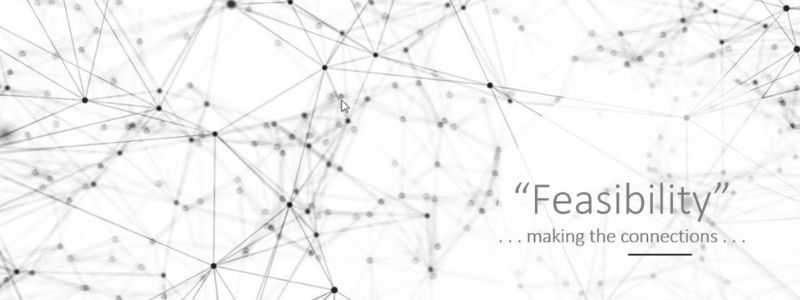A healthcare feasibility study is an important part of planning a successful new or expanding health service organization. However, in the wake of the pandemic, the healthcare arena has changed dramatically. It’s now more important than ever to make sure that your new facility, expansion, or medical service is a smart financial move. Case studies in medical/operations/acute care or long-term care demonstrate the importance of staying focused.
There are eight focus areas of a healthcare feasibility study. Each is designed to draw out specific data and provide a clear picture of the effort. When applied to the financial feasibility study, it can highlight areas of strength as well as weaknesses.
1. Acceptability
This addresses those who are expected to benefit from the venture. It also includes those involved in executing it. It looks at how they will likely react to it as well.
2. Adaptation
This explores how the venture will change. It also looks at what will adjust to suit different populations, geographic areas, and resources. Specifically, it looks at what modifications are being made and what still needs to be done.
3. Demand
What is the demand for the venture? This part of the healthcare feasibility study hinges on the estimated use and execution of the project. It also looks at documenting the actual use or participation in activities related to the venture.
4. Expansion
This looks at a project that is already successful and how it can be expanded. It can also examine the viability of adding new services or moving to a new area.
5. Implementation
This part focuses on how the venture is implemented and the likelihood that it can be fully executed. If the probability is small, now is the time to determine the hindrances. Most importantly, why are those areas the blockage points?
6. Integration
This analyzes the degree of change within the existing system that needs to take place before the venture can be fully implemented. It looks at various areas, including the social environment, organizational culture, physical environment, and infrastructure of both the existing design and the proposed venture.
7. Limited-efficacy testing
This tests the project on a smaller scale to see how it performs and to identify any challenges, especially with compliance. It looks at the feasibility of implementation.
8. Practicality of the healthcare feasibility study
This looks at what could happen to the timeline if there is a roadblock. (Think delays with time, resources, compliance, or commitment.) Outside events can impact the delivery date, and this not only looks at what could happen but how it can be corrected.
A feasibility study is a crucial part of any major business endeavor, whether it’s an update or a brand new feature. By taking the time to think through each area, you will have a clearer picture of your situation and the feasibility of moving forward with your project.
In case of doubt, talk with an experienced consulting firm.

